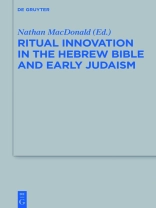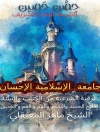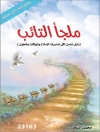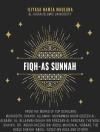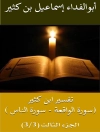Are the rituals in the Hebrew Bible of great antiquity, practiced unchanged from earliest times, or are they the products of later innovators? The canonical text is clear: ritual innovation is repudiated as when Jeroboam I of Israel inaugurate a novel cult at Bethel and Dan. Most rituals are traced back to Moses. From Julius Wellhausen to Jacob Milgrom, this issue has divided critical scholarship. With the rich documentation from the late Second Temple period, such as the Dead S...
About the author
Nathan Mac Donald, University of Cambridge und St John’s College, Cambridge, Großbritannien.
Buy this ebook and get 1 more FREE!
Language English ● Format EPUB ● Pages 179 ● ISBN 9783110392678 ● File size 20.9 MB ● Editor Nathan MacDonald ● Publisher De Gruyter ● City Berlin/Boston ● Published 2016 ● Edition 1 ● Downloadable 24 months ● Currency EUR ● ID 6585171 ● Copy protection Adobe DRM
Requires a DRM capable ebook reader
